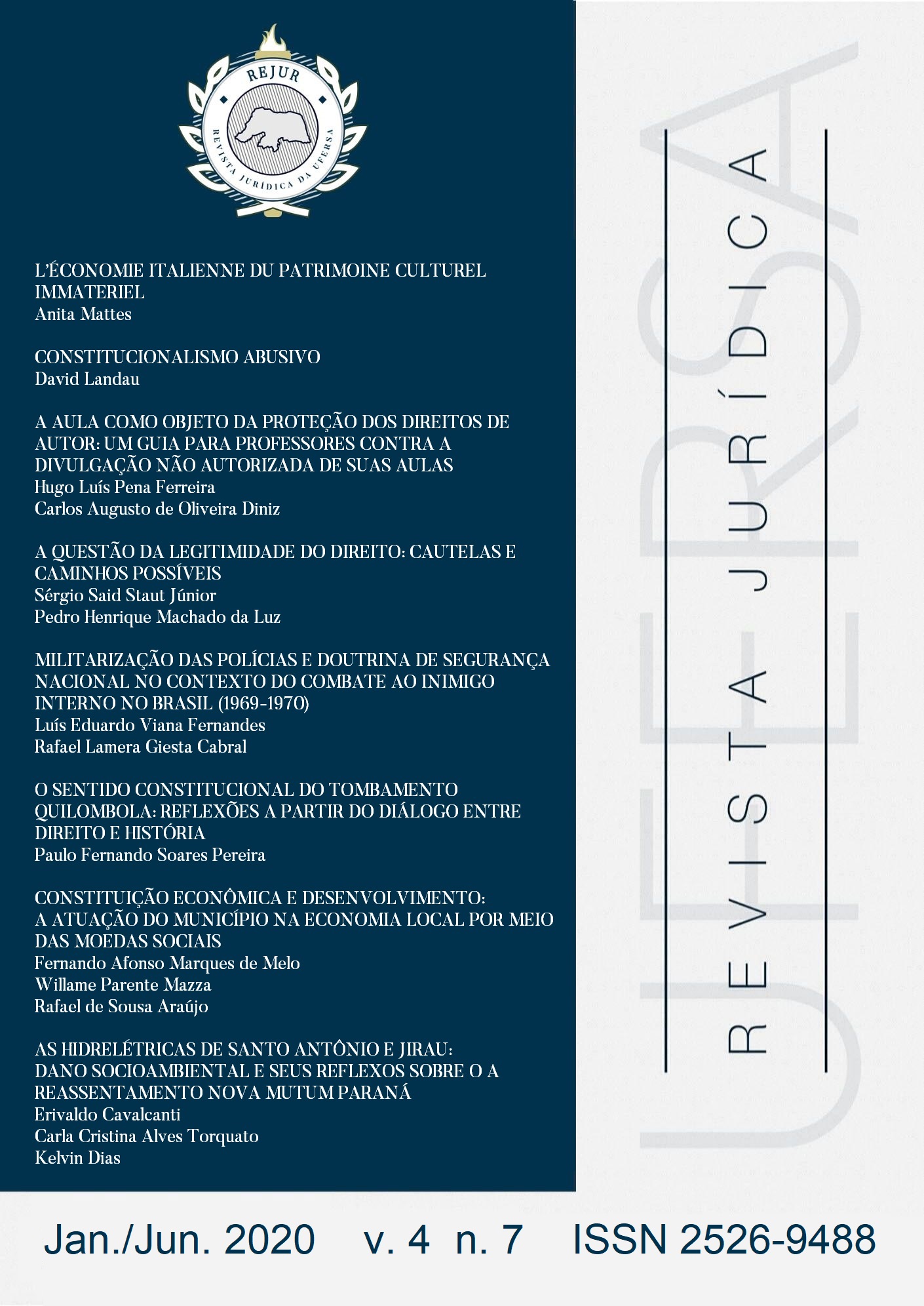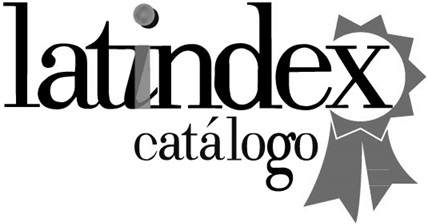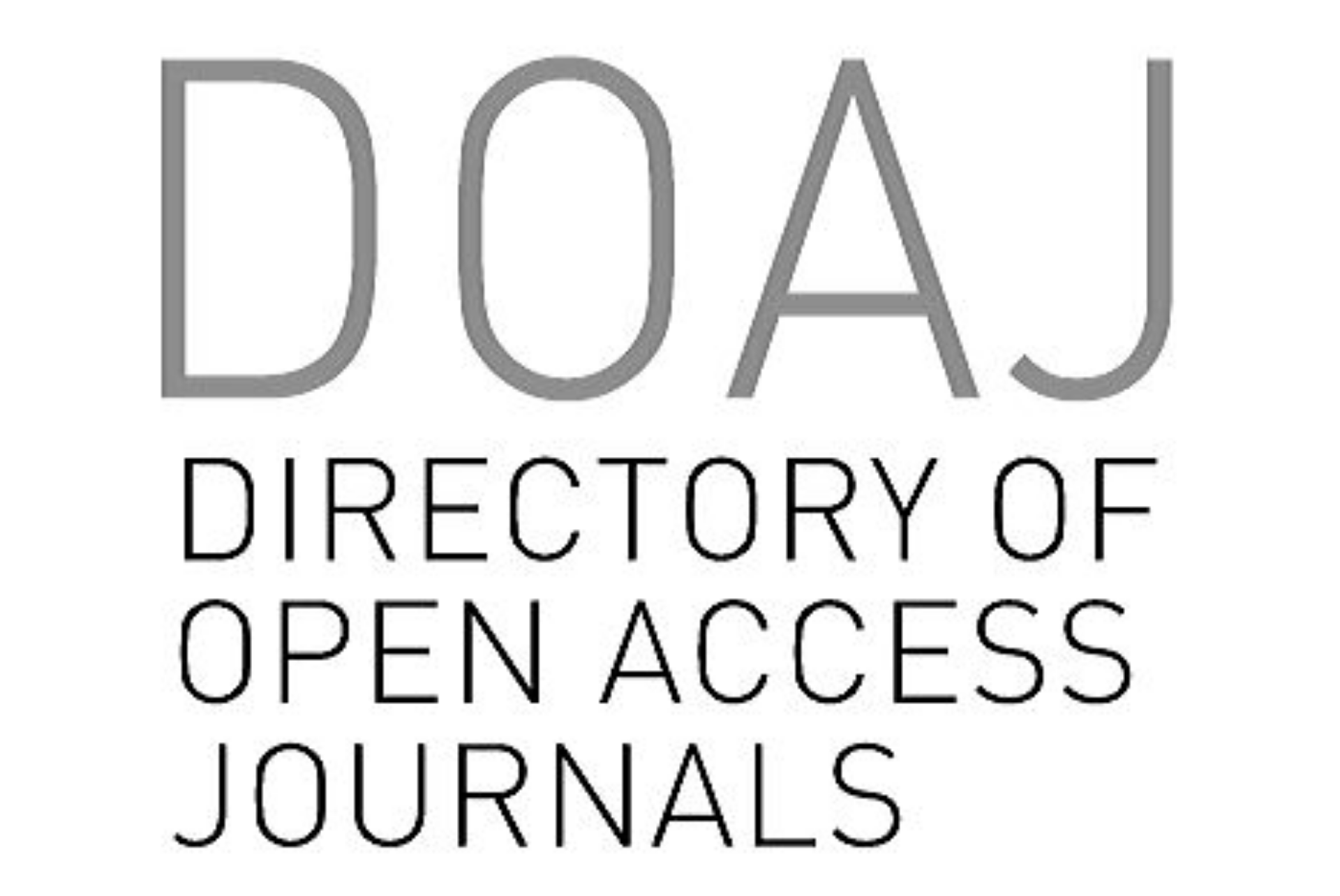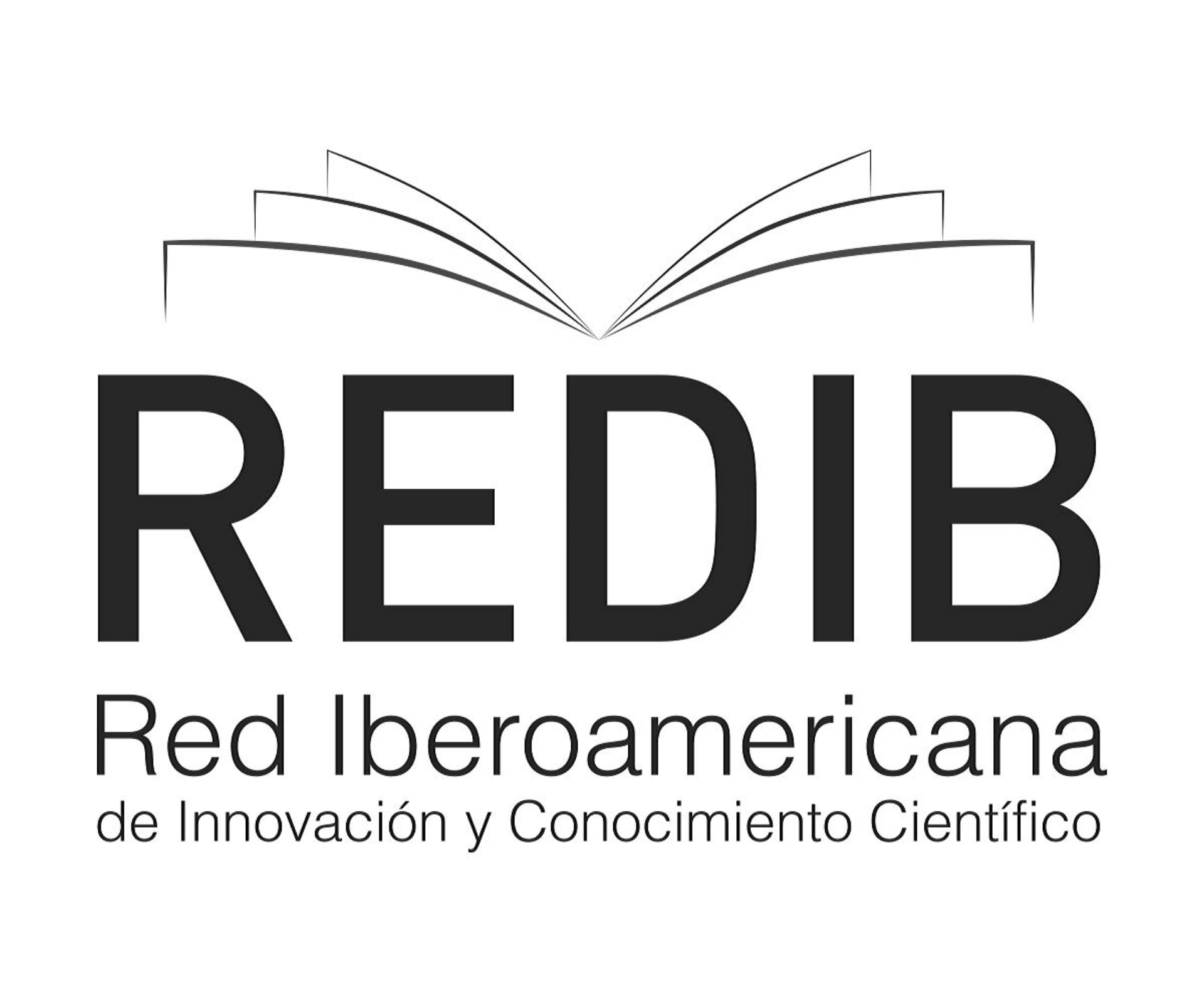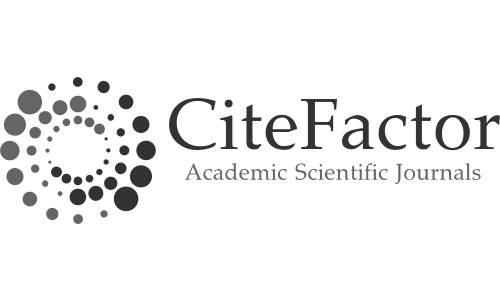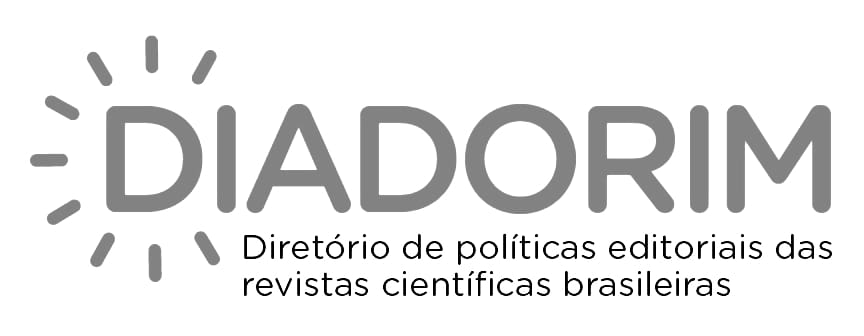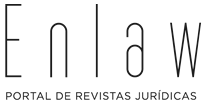Militarização das polícias e doutrina de segurança nacional no contexto do combate ao inimigo interno no Brasil (1969-1970)
DOI:
https://doi.org/10.21708/issn2526-9488.v4.n7.p111-137.2020Abstract
This study aims to analyze the influence of the National Security Doctrine on the militarization of Brazilian police between 1969-1970. During the military dictatorship, there were developments in the interpretation of who is the “internal enemy” for the State. That interpretation could have impact on the militarization of Brazilian police. The São Paulo State Public Force militarization model became the central reference of analysis in this paper because it’s one of the main practical laboratories for the institutionalization of the National Security Doctrine in the highlighted period. In order to achieve the objectives, the historical-legal investigation focused on primary sources (documents and reports produced at the time) and secondary sources (academic and doctrinal works, in dialogue with institutions and legislation). The institutional changes in the military police triggered by the military regime's internal security plans and guidelines were linked to the practices of State agents within an apparatus considered authoritarian, managed exclusively by the Armed Forces, without control by the institutions and the population. The transition from dictatorship to democracy has not been able to activate institutional reforms in the structure of military policies, especially for the demilitarization of the police as auxiliary forces of the Armed Forces.
Downloads
Published
Issue
Section
License
Ao enviarem seus artigos, os autores concordam com os seguintes termos: 1. Cede-se à REJUR, gratuitamente e sem regime de exclusividade, seus direitos autorais; 2. Confere-se à REJUR os direitos de primeira publicação, permitindo-se o livre compartilhamento dos artigos veiculados em formato PDF; 3. Divulgações posteriores em periódicos, livros, obras coletivas ou eventos de qualquer natureza devem fazer referência à REJUR como meio de publicação original; 4. Os autores são responsáveis pelo conteúdo constante de seus textos; 5. o trabalho será licenciado também sob a Licença Creative Commons Atribuição-NãoComercial-SemDerivações 4.0 Internacional.

